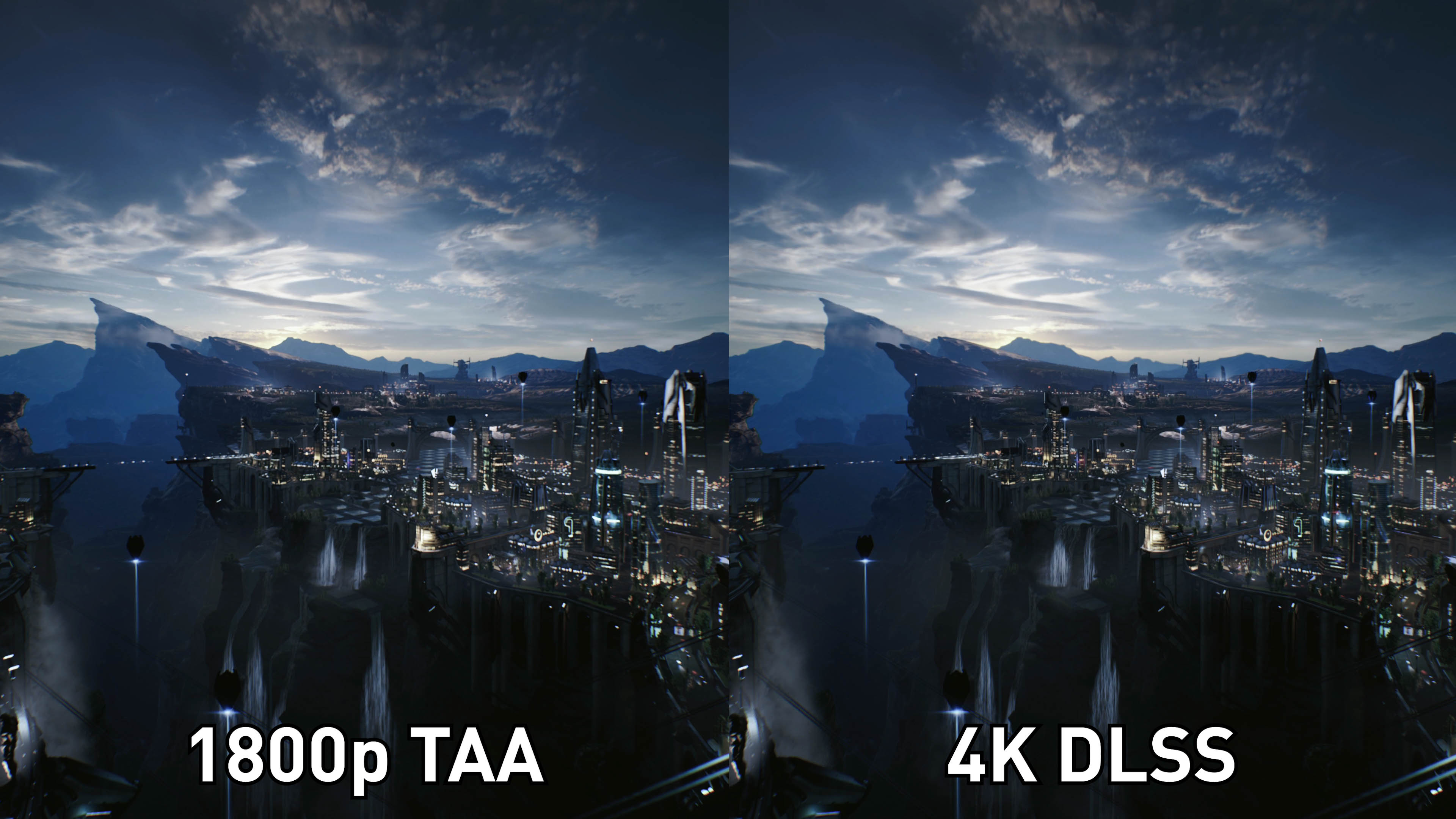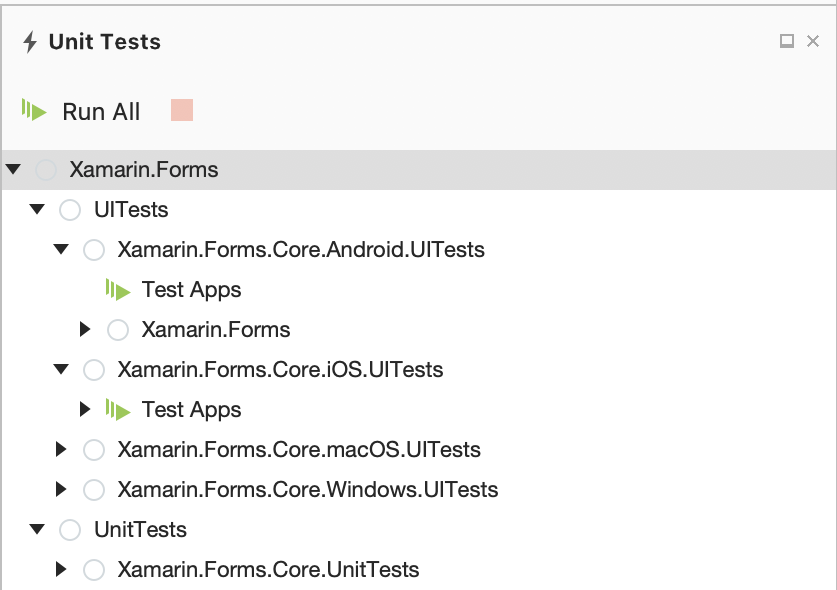There are generally 3 ways to get visual studio on Macbook Pro:
Neem je hele studio mee. De 16‑inch MacBook Pro heeft tot 8 TB SSD‑opslag, de grootste van alle notebooks. Meer dan genoeg ruimte om je foto- en videobibliotheek mee te nemen. Waar je ook gaat of staat. Microsoft has released a new version of source-code editor Visual Studio Code that runs natively on Apple Silicon Macs like the MacBook Air, MacBook Pro, and Mac mini models with Apple M1 chips. There are generally 3 ways to get visual studio on Macbook Pro: Install windows via Bootcamp, Run windows via a virtual machine, Install windows via Bootcamp then run the image as a VM with parallel. Visual Studio doesn’t run natively on OS X, so my first step was to get Windows running on my MacBook Pro. (If you want an editor that does run natively, Xamarin Studio or Visual Studio Code might fit the bill). There are multiple options for running Windows on a Mac. Extension for Visual Studio Code - Support touch bar for. This extension adds a few useful features to your Macbook Pro's touch bar while you are working in VSCode.
- Install windows via Bootcamp,
- Run windows via a virtual machine,
- Install windows via Bootcamp then run the image as a VM with parallel.
In this article I am focusing on the first option to dedicate maximum CPU and ram for visual studio, MSSQL and IIS.
Check if your Macbook Pro is supported
Anything 2013 early 15” Retina and later should support 10. If you’re not sure, check Apple’s list at https://support.apple.com/en-sg/HT204990#models
Getting windows 10 installer image
For those on Bizspark, you can download the enterprise edition iso at https://msdn.microsoft.com/en-us/subscriptions/downloads
(To reach here from Bizspark website after logging in, click on the small “get tools” link on the top right, and again “MSDN Subscription” in the same area on the new page.)
If you’re wondering why some versions have a “N” suffix, those are versions without media technologies (media player, codecs, etc.) bundled.
Run Bootcamp assistant
Allocating space for windows partition
The windows 10 OS itself took up about 20GB. Office will take up another 1.5~2GB. Visual studio installer alone takes up 6GB, and take up some 15-20GB installed.
If you are not planning on doing anything other than development work in Visual Studio, recommend at least 50~60GB of space for the new partition.
Windows Support Software
If you get the error “The Windows Support Software Could Not Be Saved To The Selected Drive”, try only checking the first option and perform 2nd and 3rd later. In my case, I proceeded with the install without downloading the support drivers first, and only came back to MacOS for it after the first boot into windows.
Installing Windows
If your windows installer complaints that “We couldn’t create a new partition or locate an existing one. For more information, see setup log files”, try resetting your NVRAM:
Reboot your Mac, hold down Control, Option, R and P on the keyboard right after the chime. Keep holding until the Mac reboots and you hear the chime again. After that complete the BCA procedure as normal.

(Referenced from last page of https://discussions.apple.com/thread/7020233?start=45&tstart=0)
Visual Studio On Mac

Install boot camp support software on windows
Go to your USB drive and look for a bootcamp folder or similar. You should see a setup.exe inside. Run it.
If you get a “The version of Boot Camp is not intended for this computer model”, you may have manually downloaded a version via apple’s website. Those are meant for widows 7 and earlier, so reboot into MacOS and use the boot camp assistant to download the right version.
Stuck at Realtek?
If your set up stucks on “Realtek Audio”, try these to work around:
- Keep the installer running (do not force quit)
- go to your bootcamp folder, manually install the realtek driver, at the end of the install, do not restart
- after manually setting up realtek, open Task Manager, and kill the “RealtekSetup” process
- bootcamp will now skip the Realtek step and proceed.
(Referenced from https://discussions.apple.com/thread/6567790?tstart=0 )
In Windows land
Configuring keyboard and trackpad
Access the boot camp control panel from the status area (right most of the task bar), it’s the grey diamond icon. Click on it once then select “Boot Camp Control Panel”
Select the options you need in the “Keyboard” and “Trackpad” tabs in the new window.
Want to use the command key as ctrl? Download sharp keys from http://www.randyrants.com/category/sharpkeys/
Installing Visual Studio
To mount the iso, select the iso file in explorer, and a new menu “Disc Image Tools” should appear. Clicking on it should give you 2 options “Mount” or “Burn”. Select “Mount” and run the set up application at the root of the disc (mine was “vs_enterprise.exe”).
Select custom installation so you can select the components you need. For me I enabled “SQL Server Data Tools” and some Git tools under “Common Tools”. If you are also doing frontend development, you can install node.js here too.
Enable any mobile-related components and the installation size jumps to 30+ GB as it auto-selects windows SDK and Android Native Development Kit (taking up about 5GB each) among others.
Install IIS
Open the “Programme and features” section of control panel and stay tuned for Part 2!
Microsoft has released a new version of source-code editor Visual Studio Code that runs natively on Apple Silicon Macs like the MacBook Air, MacBook Pro, and Mac mini models with Apple M1 chips.
The change came in Visual Studio Code 1.54 (now 1.54.1, thanks to a bug fix update), which is available as a universal 64-bit binary, as is standard for apps with Apple Silicon support. That said, Microsoft also offers downloads for x86-64 and Arm64 versions specifically, if desired.There are no differences in features between the two versions, of course. And the non-Apple Silicon version worked just fine on M1 Macs previously via Rosetta, but Microsoft says M1 users can expect a few optimizations with the new binaries:
We are happy to announce our first release of stable Apple Silicon builds this iteration. Users on Macs with M1 chips can now use VS Code without emulation with Rosetta, and will notice better performance and longer battery life when running VS Code. Thanks to the community for self-hosting with the Insiders build and reporting issues early in the iteration.
Macbook Pro Visual Studio Code

Other key features in Visual Studio Code 1.54 include the ability to retain terminal processes on window reload, performance improvements in the Windows version, product icon themes, improvements when viewing Git history timeline entries, and various accessibility improvements.
AdvertisementThis is the latest in a slow march of productivity and power user apps that have launched native Apple Silicon versions, such as Adobe Photoshop. But many popular apps are still not native, including Visual Studio Code's IDE sibling Visual Studio 2019 for Mac.
However, native Apple Silicon support is expected to come to Visual Studio 2019 for Mac with .NET 6, which is expected to ship in November. The first .NET 6 preview was distributed last month.
Many makers of development and creative production software have committed to releasing Apple Silicon versions of apps, including Adobe and Unity. But others, like Autodesk, haven't made much noise about Apple Silicon support yet.
Apple is expected to shift its entire Mac lineup to the new architecture by the end of 2022. Reports citing people familiar with Apple's plans have indicated that more Apple Silicon-based MacBook Pros are coming this year, as well as significant redesigns for both the iMac and MacBook Air, which will also have Apple Silicon chips.
